iskoos
TPF Noob!
- Joined
- Nov 19, 2009
- Messages
- 187
- Reaction score
- 2
- Location
- Orlando, FL
- Can others edit my Photos
- Photos OK to edit
Hi, I have a standard flash diffuser in my camera bag and I use it time to time to soften the light. I recently read an article about "How to Use Dome Diffuser..."
The article was saying that using a diffuser would cause harsh shadows in certain settings and that not using it would prevent shadows (if I understood it right).
I am not saying that the article was saying using a diffuser means shadow, and not using means not shadow. It is definitely not simple but I didn't seem to understand the main point of the article despite reading it a few times.
The link to the article is below. I am hoping someone would help me see what I was missing. Basically I couldn't understand how not using a diffuser would be a way to prevent shadows on the wall when the light could easily bounce off the ceiling...
How to Use Dome Diffuser to Eliminate Shadows and Harsh Light
The article was saying that using a diffuser would cause harsh shadows in certain settings and that not using it would prevent shadows (if I understood it right).
I am not saying that the article was saying using a diffuser means shadow, and not using means not shadow. It is definitely not simple but I didn't seem to understand the main point of the article despite reading it a few times.
The link to the article is below. I am hoping someone would help me see what I was missing. Basically I couldn't understand how not using a diffuser would be a way to prevent shadows on the wall when the light could easily bounce off the ceiling...
How to Use Dome Diffuser to Eliminate Shadows and Harsh Light


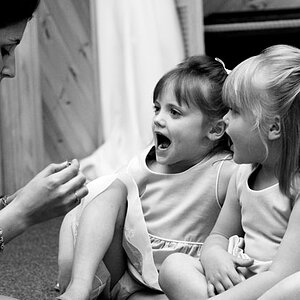

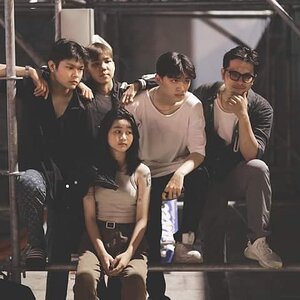
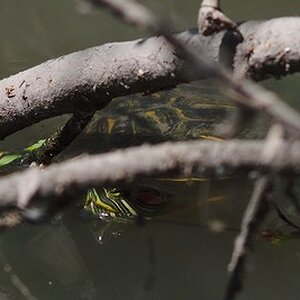
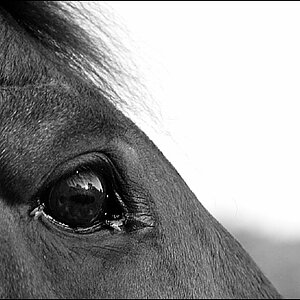
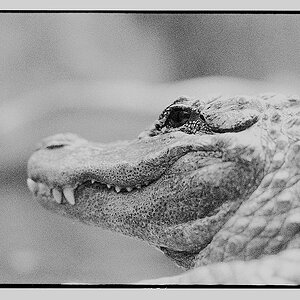
![[No title]](/data/xfmg/thumbnail/36/36300-760519cb9a8ebbfc57cc3d1fda5dd37c.jpg?1619737494)
![[No title]](/data/xfmg/thumbnail/42/42457-a2cc06037a1ecaed84b9f0e5366fa8c7.jpg?1619740191)
![[No title]](/data/xfmg/thumbnail/38/38725-bdf734721ecaad862bb3e3a856c81df5.jpg?1619738702)
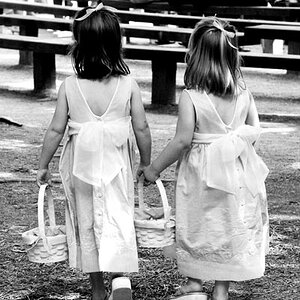
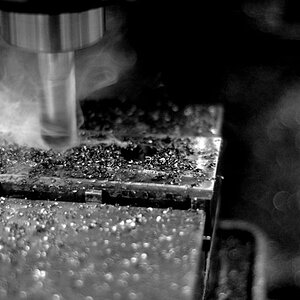
![[No title]](/data/xfmg/thumbnail/36/36303-10b1a386a9a00cf90fb7605d2d2c48c1.jpg?1619737497)